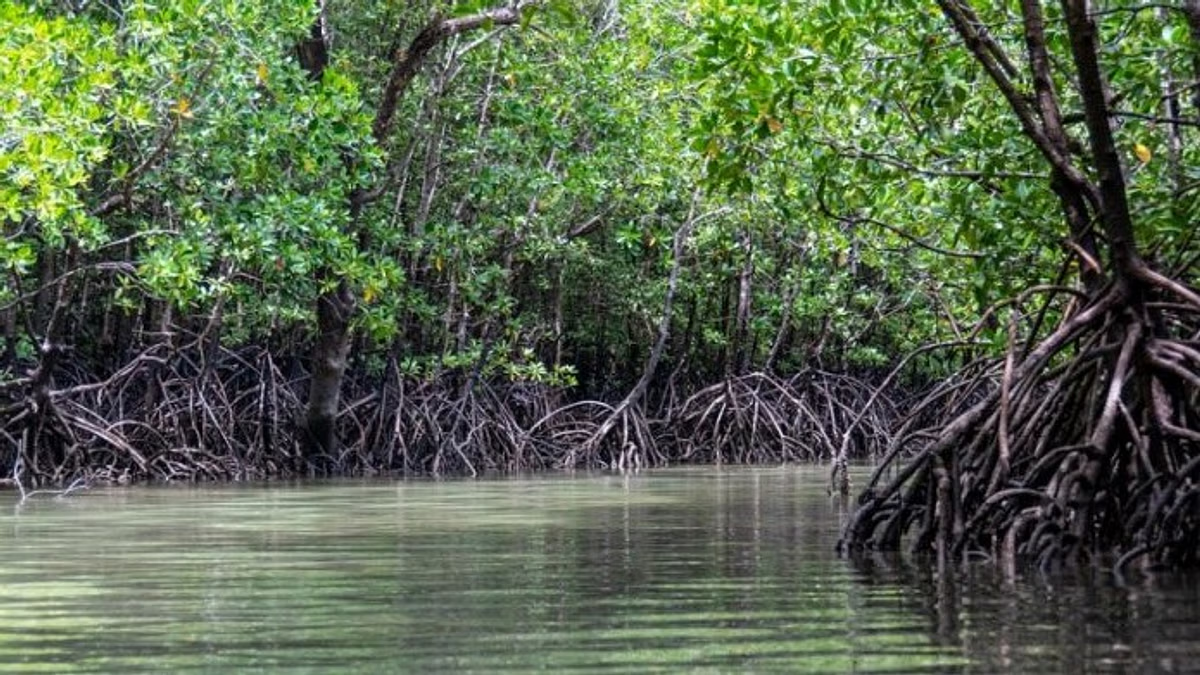The state’s forest department has given an in-principle nod to the development of four dedicated mangrove walkways across Navi Mumbai. The decision has energised local environmental groups who have long been lobbying for the protection and public integration of vanishing tidal ecosystems amid growing urbanisation and unchecked land-use change.
One of the focal points of the initiative is a four-hectare mangrove restoration site located near the Vashi railway station, which was earlier ravaged by illegal encroachments and unauthorised settlements. Environmentalists had submitted a comprehensive proposal, highlighting the potential to construct a zig-zagging, one-kilometre-long wooden walkway through the site—currently devoid of vegetation—thereby ensuring no disruption to living mangrove roots during construction.
Following the eviction of illegal occupants and the booking of multiple offenders by the Mangrove Cell, the site now stands cleared, offering a rare opportunity to build public-facing, eco-friendly infrastructure without harming any existing flora. Campaigners emphasised that such a move would not only rejuvenate interest in coastal conservation but also serve as a model for sustainable urban interventions. Referencing past complications in Gorai, where installing wooden poles among thriving mangroves proved challenging, stakeholders stressed that the Vashi site presented a blank slate ideal for such development.
The forest department responded positively, referring the proposal for internal review and expressing intent to replicate similar eco-walks in Ghansoli, Airoli, and Belapur. These nodes, situated across Navi Mumbai’s fast-developing urban fabric, are already under environmental stress due to proximity to infrastructure projects and residential expansions. The proposed mangrove walks aim to provide public access while simultaneously fostering awareness and long-term protection of these delicate ecosystems.
In parallel, advocacy groups have urged the department to accelerate conservation efforts for five other critical wetland zones—namely NRI, TS Chanakya in Nerul, Belpada, Bhendkhal, and Panje in Uran—all of which are under increasing threat. These wetlands are vital ecological buffers, playing host to migratory birds and contributing to flood mitigation, groundwater recharge, and temperature regulation across the city’s coastal belt.
Both the Mangrove Cell and a premier environmental research body have already recommended integrating these zones into the broader Thane Creek Flamingo Sanctuary management plan. Furthermore, even stakeholders associated with upcoming infrastructure projects, such as the Navi Mumbai International Airport, have shown openness to such protective measures, recognising the long-term biodiversity benefits.
The forest department assured that safeguarding wetlands and mangrove zones is high on its policy agenda, and that efforts are underway to institutionalise such protections within the existing urban planning framework. These developments come at a time when Navi Mumbai’s rapid growth has triggered a critical discourse around balancing infrastructure expansion with environmental accountability.
As cities race toward modernisation, the integration of green infrastructure such as mangrove walkways could reshape how urban India visualises its natural assets—not as obstacles to growth, but as living resources that must be preserved, experienced, and celebrated.
Also Read :https://urbanacres.in/mangaluru-aims-for-30-green-cover-by-2040/




